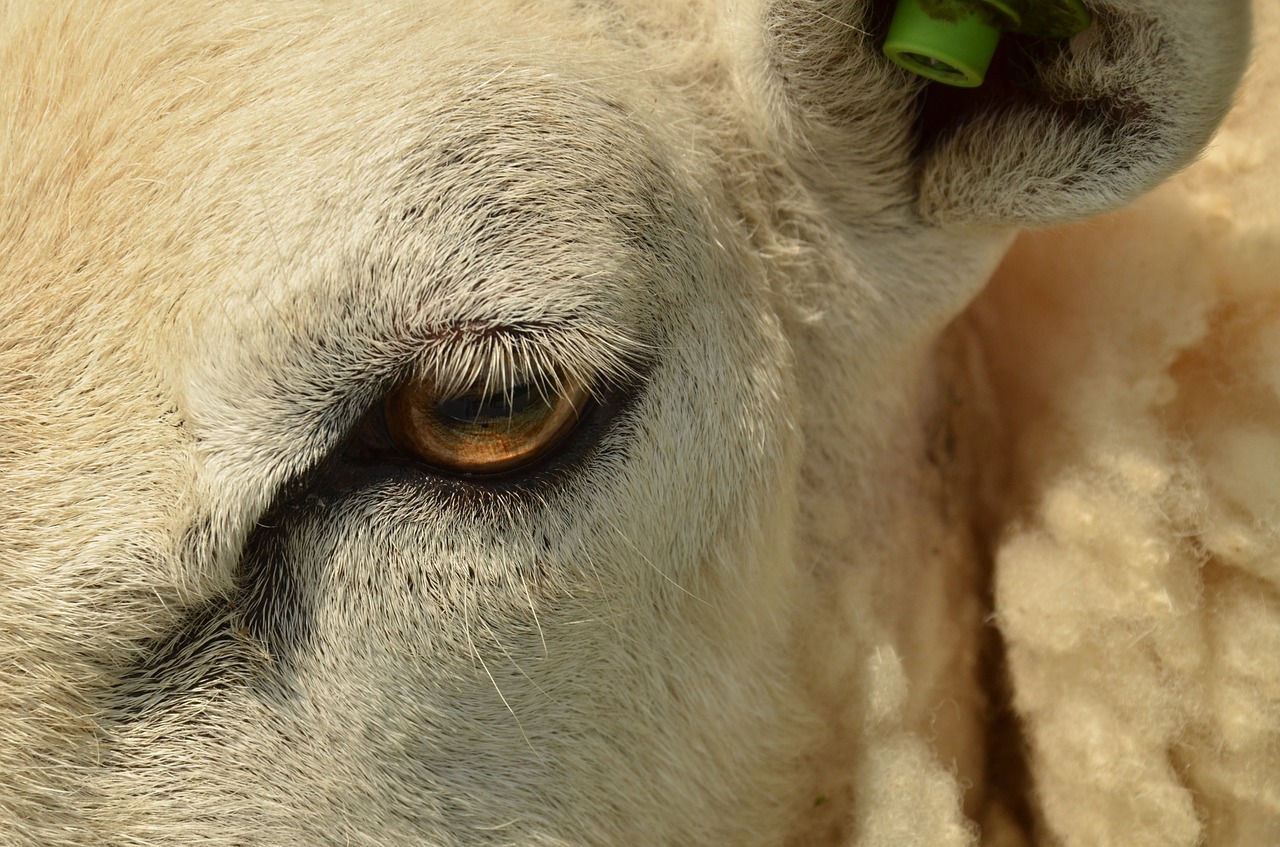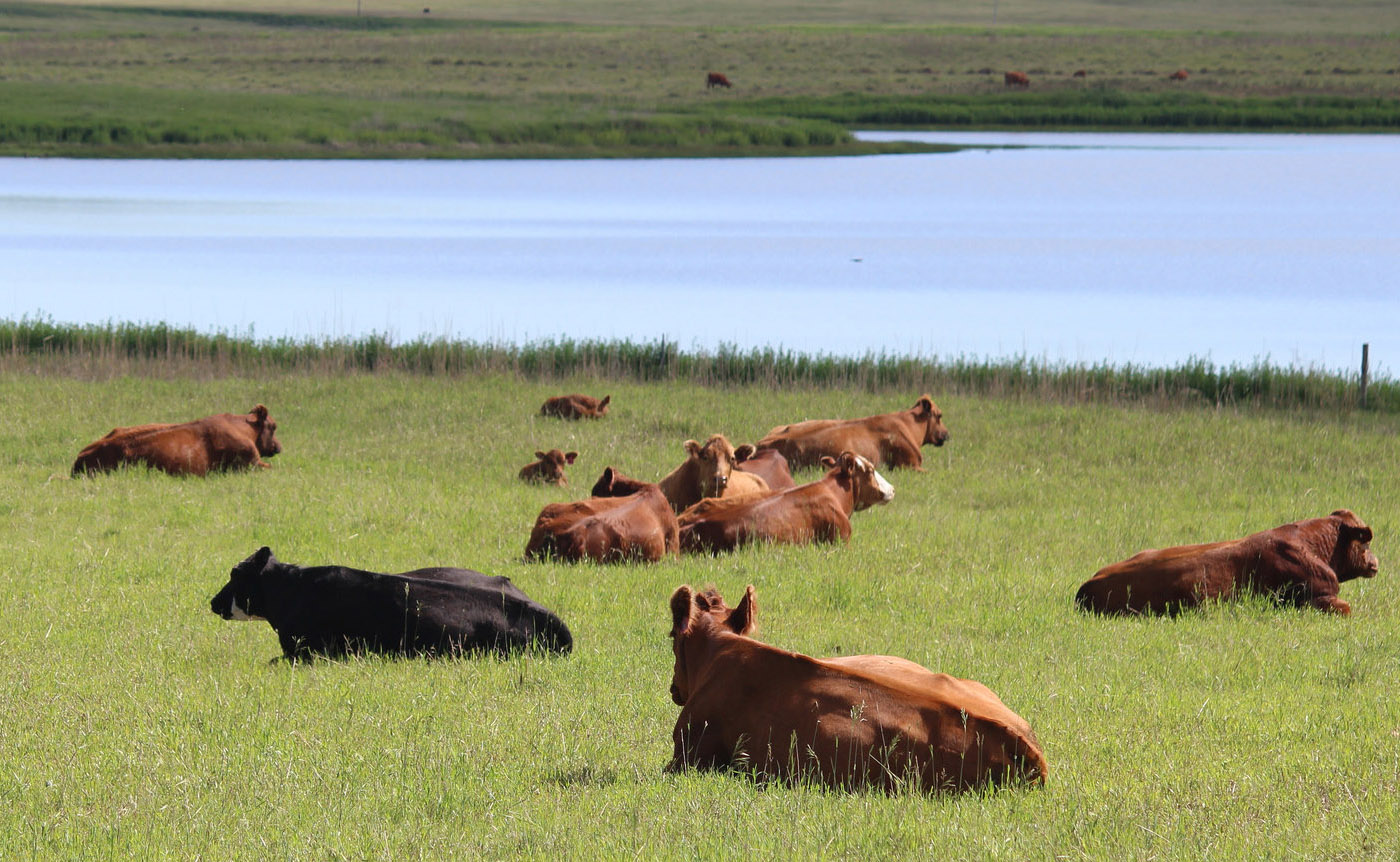Search

Sore Mouth: A “Pox” Virus for Sheep
Just like in children or adults who contract the dreaded chicken pox, sheep and goats can catch their own similar “pox” virus called Sore Mouth, technically known as Contagious Ecthyma. This health problem is most recognizable by red blisters or thick brown scabs on the skin around the lips or muzzle area.

Importance of Lamb Nutrition Management to Avoid Acidosis
Acidosis (also known as lactic acidosis, grain overload, over-eating or grain poisoning) is a metabolic condition that most commonly occurs with lambs offered grain based diets, but can affect mature sheep.

Newborn Lamb Care Management
Proper newborn lamb care is a critical component of flock profitability. In the U.S. lamb mortality from all causes is approximately 20% with more than 80% of those losses occurring in the first two-weeks following lambing.

Using Corn Silage in Sheep Diet Formulations
Many Midwest producers have limited options for their primary forage source this year and, must utilize ear-less corn stalks as silage for their in livestock feeding systems. Despite the lack of ears on stalks in some areas the resultant corn stover silage is still expected to contain 80% of expected level of energy under normal growing conditions.

Small Ruminant Abortions: Cleanup and facility considerations
Sheep and goat producers in the upper Midwest rely on annual lamb or kid crops to maintain economic viability. Reduction in the lamb or kid crop due to abortion (premature birth) and stillbirths are a common occurrence on many farms. Some of these problems have implications for human health as well as animal health.

Understanding the Critical Role of Broadleaf Pollinator Plants in Pastures
Understanding the economic role of pollinators is the first step towards understanding their diverse values to grassland and crop systems.

Bringing Home Your 4-H Goat Project
Sales and transport is a stressful time for any animal. Reducing stress factors due to transitions start before the actual purchase of your new project. Managing proper nutrition and disease management are just a couple factors to help your project get off to a great start.

Are Ant Mounds in Pastures Bad?
We often receive reports of large ant mounds in a pastures and rangeland. These mounds are the creation of thatching ants, which are common in South Dakota. Although these mounds are often considered a nuisance, the ants may play an important role as predators of potential pest insects.

Aphid Populations Being Observed in Wheat
During the past couple of weeks, reports of aphid populations in wheat fields have slowly been increasing. Typically, the initial aphid populations are observed earlier in the season, but the 2019 spring may have delayed infestations.

Parasite Control for Cow Calf Operations
Spring is coming and with calving season underway it is important to keep our eyes forward on to the next step in production.